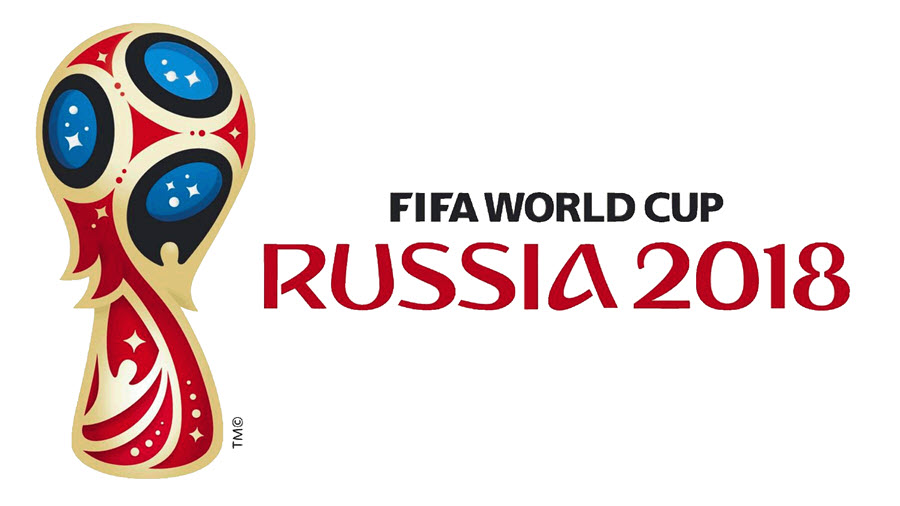Which Teams and Brands Are Driving World Cup Attention?

The 2018 FIFA World Cup has been among the most exciting editions of the international soccer tournament yet. And while audiences are tuning into the game action in droves, the experience is also being amplified by what’s occurring online.
First, we teamed up with social video analytics company Tubular Labs to look at the World Cup video content that drove the most eyeballs during group play, to find the teams and brands generating the most video views.
[embed]https://www.youtube.com/watch?v=4rp2aLQl7vg[/embed]
According to Tubular’s V3 metric, which measures views over the course of its first three days, FIFA’s own highlights have been the most popular content. Portugal and Spain’s thrilling 3-3 draw led the way with a V3 of 28.9 million, while the South Korea vs. Germany match highlights earned a V3 score of 20 million views. Argentina vs. Nigeria (15.3 million) and Argentina vs. Croatia (12.8 million) also scored very highly in the first three days, with Germany vs. Sweden (12.7 million) rounding out the top five, ranked by V3.
Online videos were not just FIFA’s show, however. Nicky Jam’s “Live It Up” — the official World Cup anthem — earned a V3 score of 11.8 million, and Qatar Airways’ “Dancing in the Street” earned a V3 of 10.2 million. Both were among the top 10 (by V3) World Cup-related videos overall.
While teams like Germany and Argentina guided the story of the World Cup on video platforms, Emotional Reactions (ERs) provided a slightly different perspective. Canvs, the emotion measurement AI company, measured ERs during linear broadcasts of group play to determine the topics that drove the most conversation on Twitter in the U.S.
Despite its soccer rivalry with the U.S., Mexico led all ERs during group play with 84,113. The Mexican team’s exciting brand of play was thrilling for fans, and kept conversation going throughout the competition’s first two weeks. Germany was second with 70,008 ERs, while Portugal’s Cristiano Ronaldo was third overall with 66,976. Showing off his star power, the striker more than doubled the ERs of all but three teams in the tournament (Mexico, Germany and Argentina). Ronaldo’s rival, Lionel Messi, was the only other player topic among the top 10 ERs (with 48,745).
The smarter way to stay on top of broadcasting and cable industry. Sign up below
Looking at group-by-group ERs, Group F (Germany, Mexico, South Korea, Sweden) was far and away the most popular, generating 272,164 during group play. Three of the four teams (minus Sweden) were all among the top 10 overall ER generators. Two separate games from the group — Germany vs. Mexico and South Korea vs. Germany — were also among the top five games from an ER perspective.
Though more traditional powers may have appeared to control the conversation, ERs do show there was plenty of conversation around upstarts as well. South Korea, Nigeria and Iceland all finished among the top 10 according to Canvs, while World Cup favorites like Brazil, France and Portugal were not.
Advertisers have also cashed in on the excitement via TV advertising. iSpot, the real-time TV ad measurement company with attention and conversion analytics from more than eight million smart TVs, measured over 2.5 billion ad impressions on Fox and Fox Sports 1 during group play this year.
[embed]https://www.youtube.com/watch?v=ss0zfpV_q8o[/embed]
Verizon was far and away the largest advertiser, with over 306 million impressions for its ads during the World Cup. VW was second overall with 242.7 million, and Fox itself was third with 177.5 million impressions. The top five brands (in terms of impressions) were rounded out by Ford (83.1 million) and Pepsi (79 million).
Automakers and TV networks were the most-viewed industries by ad impressions, each topping 365 million on their own. Wireless networks were third with 311.8 million; a figure almost entirely attributable to Verizon. Insurance companies (136 million) and financial institutions like banks and credit cards (120.8 million) also attracted plenty of eyeballs.
Verizon didn’t just get the most viewers, but also earned the most attention with its creative, too. Its “Best for a Good Reason: Bay Bridge” ad scored a 177 on iSpot’s Attention Index, meaning that it received 77% fewer interruptions than the average World Cup spot. IBM had two separate spots with similar scores — “Smart Supply Chain” had a 166 Attention Index number and “Smart Wildlife” had a 163. World Cup ads in general kept attention well during group play, with 89% of audiences watching ads through at least the third quartile, according to iSpot.

But where did those audiences come from? In the U.S., proximity to the Mexican border did seem to correlate to higher viewership numbers. Inscape, the TV measurement company with glass-level data from a panel of more than 8 million smart TVs and devices, compiled DMA ratings across the continental U.S. for all group play matches. The data found that areas like Los Angeles, Las Vegas and San Diego all watched a considerable amount of the World Cup — even without the U.S. playing in this year’s event. Beyond the larger cities, areas like Otero County, New Mexico, the El Paso, Texas market and Webb County, Texas (where Laredo is located) also drew large audiences. The same goes for other large cities not necessarily close to the border. San Francisco, Miami, New York and Washington (all areas with large soccer fan bases) also had high tune-in ratings.
John Cassillo is an analyst and contributor with TV[R]EV.
